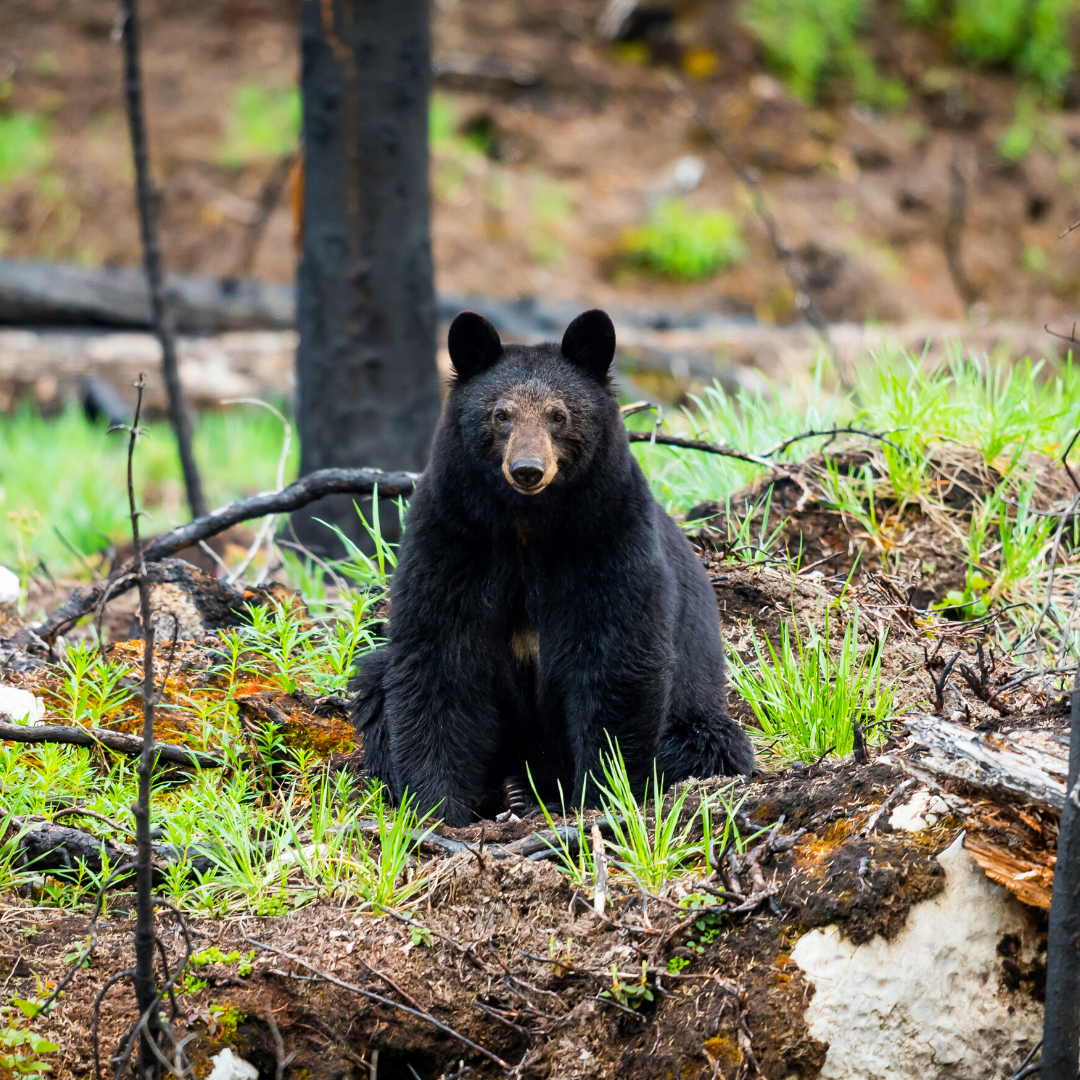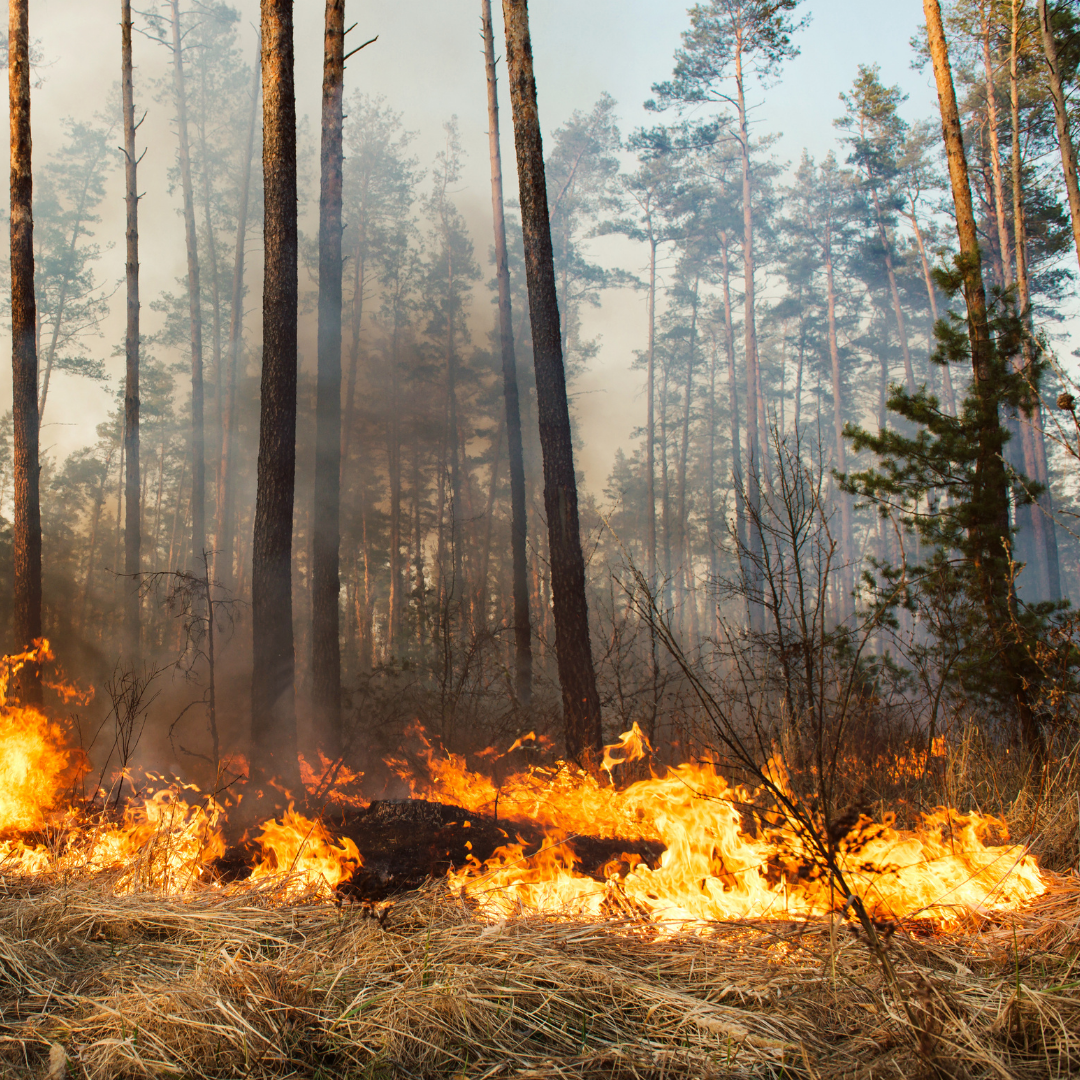Prescribed Fire
While the use of prescribed fire as a land management tool has increased throughout much of the country over the past several years, its inclusion in conversations surrounding climate change are becoming more common. For years, managers have recognized the role of prescribed fire in promoting desired plant communities to improve wildlife habitat quality, and there is growing evidence that supports the importance of these fire-adapted communities to carbon sequestration and storage efforts.




